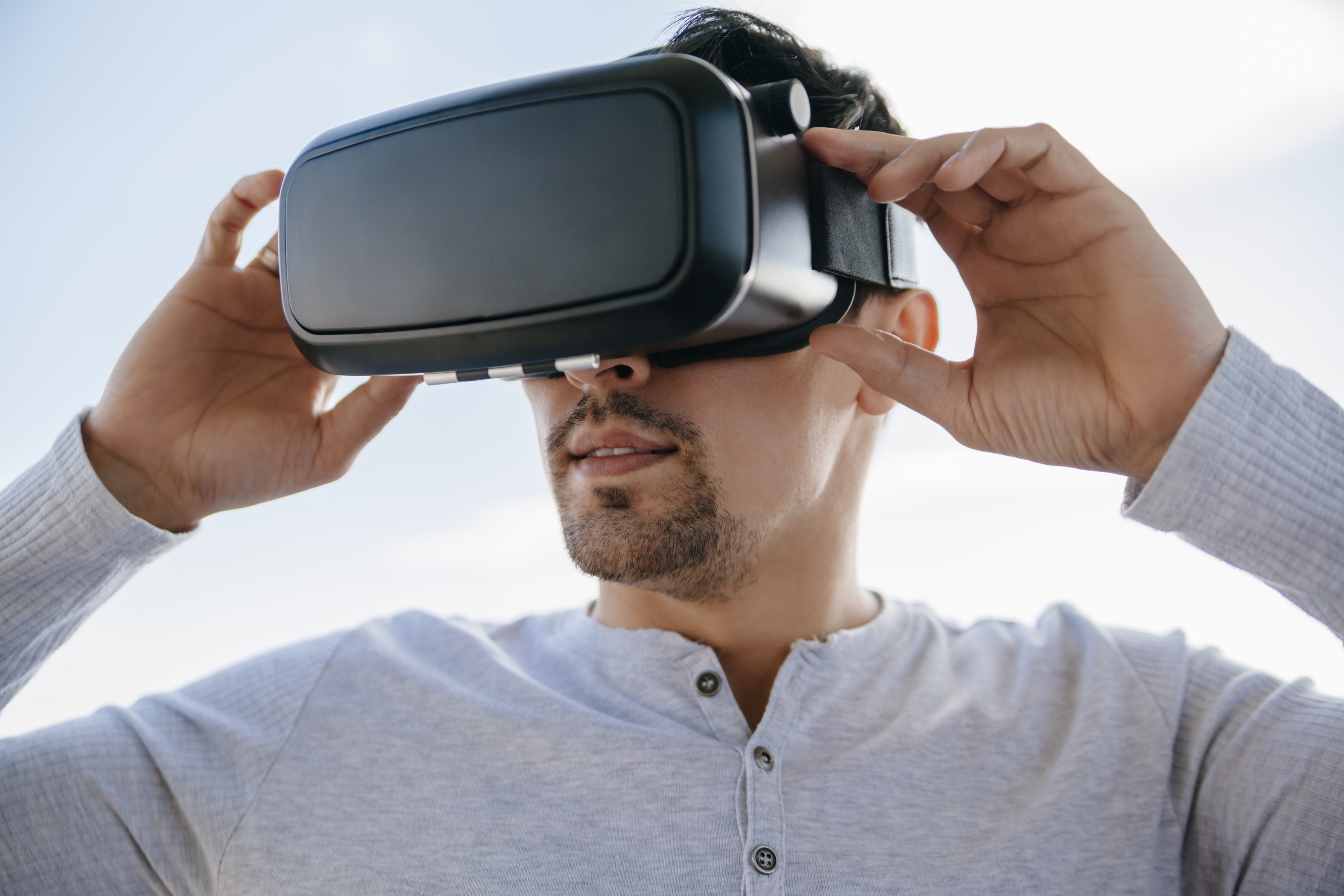Virtual reality and manufacturing
Contents |
Introduction
Through the use of a headset, users are able to experience a constructed world that doesn’t exist in reality. This computer-generated 3D imagery provides an immersive experience that gives the appearance of a 3D life-like environment.
Unlike reality, this computer-generated imagery has no limits. Virtual reality technology has been present for the past decades, with simulation, integration, and digital design being applied to streamline the manufacturing process.
Increased efficiency
Virtual reality is a technology capable of greatly increasing overall efficiency, including the end product and all associated manufacturing processes. Similar to rapid prototyping, virtual reality aids in the design process as it helps to provide insight into potential design flaws.
Ford has utilised the Oculus Rift headsets in order to improve and develop their automotive designs. Through the simulation of weather conditions and different types of roads from the driver’s perspective, the company was able to achieve an optimised design.
The company’s Immersion Lab permits Ford’s employees to walk around a car, sit in it, and observe every component of its construction. Approximately 30 to 40 employees can experience this simulation, as it’s displayed on a high-resolution wall.
Examining the interior and exterior of their vehicles in such a way allows Ford to observe light positioning and its shape and size, before the building process. In 2013 alone, the company observed more than 135,000 individual details on 193 virtual prototypes.
Visualisation
Throughout the manufacturing process, virtual reality enables the visualisation of every design is immersive and detailed ways. The 3D rendering allows for the construction of prototypes on a large scale, without requiring the expense of building it.
Virtual reality reduces production costs through the identification of material weak spots since the first steps in the design process. Making changes in the beginning stages ensures simpler and less expensive processes down the line.
This technology creates walk-through designs, which improves training practices for apprentices. Learning through simulations recreates real-life scenarios without the potential hazards of a mistake, before the physical work starts.
Collaboration
Collaboration in engineering is a vital process in order to streamline designs and manufacturing processes. Through the wide range of techniques from various sources, companies manage the quality of their products and guarantee increased innovation and smooth operations.
3D product models allow for sharing and work to be carried out by several sources, similarly to a virtual reality game. As virtual reality surroundings are close to reality, distance between engineers doesn’t affect projects.
With the increased connectivity through the Internet of Things and the Industry 4.0, all internet-connected devices improve the communication efficacy of engineers. Virtual reality is becoming more affordable by the day, which will result in the expansion of the adoption of the technology.
As modern companies already utilise this technology, its proven success showcases how virtual reality is used to create better products for consumers. The future of this technology will see even bigger improvements on how the manufacturing process can benefit from a streamlined design process and a decrease in design flaws.
--European Springs and Pressings Ltd 12:24, 23 Feb 2017 (BST)
Related articles on Designing Buildings Wiki
- Advanced construction technology.
- Artificial intelligence and civil engineering.
- Artificial intelligence and surveying.
- Augmented reality in construction.
- Cobots.
- Computer-generated imagery (CGI).
- Construction innovation.
- Gravity Sketch.
- Immersive Hybrid Reality iHR.
- Mixed reality.
- Photographing buildings.
- Robots.
- TruVision.
- Virtual construction model.
- Virtual reality and big data disrupting digital construction.
- Virtual reality in construction.
Featured articles and news
The UK's Modern Industrial Strategy: A 10 year plan
Previous consultation criticism, current key elements and general support with some persisting reservations.
Building Safety Regulator reforms
New roles, new staff and a new fast track service pave the way for a single construction regulator.
Architectural Technologist CPDs and Communications
CIAT CPD… and how you can do it!
Cooling centres and cool spaces
Managing extreme heat in cities by directing the public to places for heat stress relief and water sources.
Winter gardens: A brief history and warm variations
Extending the season with glass in different forms and terms.
Restoring Great Yarmouth's Winter Gardens
Transforming one of the least sustainable constructions imaginable.
Construction Skills Mission Board launch sector drive
Newly formed government and industry collaboration set strategy for recruiting an additional 100,000 construction workers a year.
New Architects Code comes into effect in September 2025
ARB Architects Code of Conduct and Practice available with ongoing consultation regarding guidance.
Welsh Skills Body (Medr) launches ambitious plan
The new skills body brings together funding and regulation of tertiary education and research for the devolved nation.
Paul Gandy FCIOB announced as next CIOB President
Former Tilbury Douglas CEO takes helm.
UK Infrastructure: A 10 Year Strategy. In brief with reactions
With the National Infrastructure and Service Transformation Authority (NISTA).
Ebenezer Howard: inventor of the garden city. Book review.
The Grenfell Tower fire, eight years on
A time to pause and reflect as Dubai tower block fire reported just before anniversary.
Airtightness Topic Guide BSRIA TG 27/2025
Explaining the basics of airtightness, what it is, why it's important, when it's required and how it's carried out.
Construction contract awards hit lowest point of 2025
Plummeting for second consecutive month, intensifying concerns for housing and infrastructure goals.
Understanding Mental Health in the Built Environment 2025
Examining the state of mental health in construction, shedding light on levels of stress, anxiety and depression.























